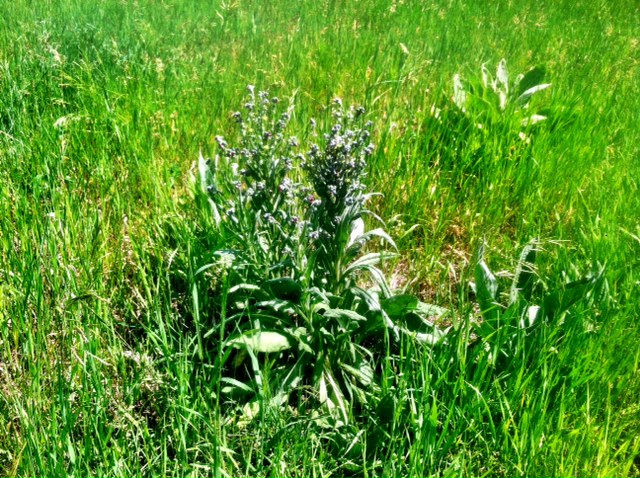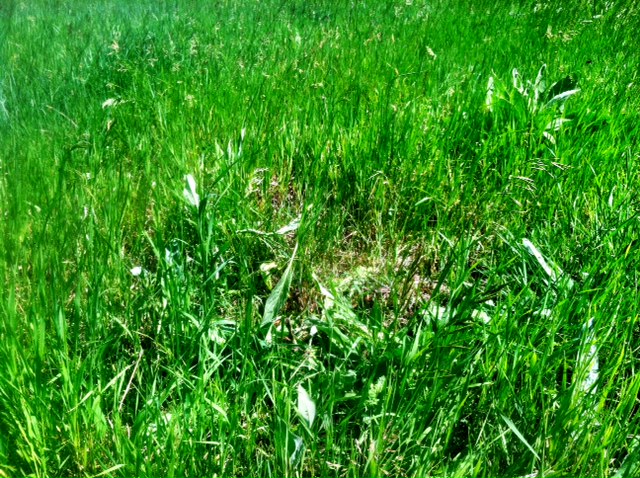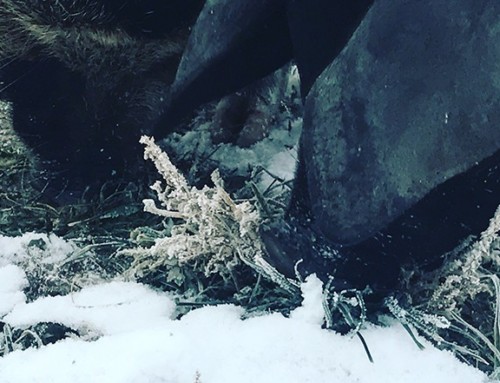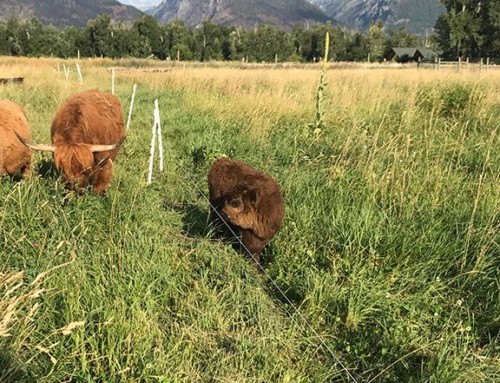It has been said that, “a weed is a plant out of place.” Standard practice is to spray these plants with herbicides, which have all manner of negative impacts to both the environment and human health. In permaculture, we tend to value plants typically thought of as weeds for their ecological benefits and their oftentimes nutritional and/or medicinal virtues for humans. Many of these so-called “weeds” are nature’s communication tool to us as land stewards. A profusion of dandelions in a lawn, for instance, are there as a result of degraded soil conditions, and are acting as nature’s soil de-compaction tools, pH balancers, and nutrient accumulators for commonly calcium-deficient lawns.
I would argue that in many places in the U.S.A., lawns are the actual weeds, as lawn grasses and all the water and energy requirements they demand are out of place in the context of the resources and climate conditions of those locations. Additionally, we have learned that several plants one tends to vigilantly attempt to eradicate from their garden are more nutritious than the domesticated varieties that require so much care. As such, we tend to make our peace with and find enjoyment of many plants called weeds by most people.
However, in our production operations here at ABC acres, we do have some plant species that are out of place for our land use context, and a plant known as houndstongue is the chief one for us at this time. The reason we want it out of the pastures is due to the fact that it causes health issues in livestock when consumed in more than small and infrequent amounts. That being said, we do not reach for the chemical-laden herbicides to rid our pastures of houndstongue, but instead we are using a method where we try and maximize the plant’s benefits during this period of breaking its reproduction cycles and filling the spaces it currently occupies with pasture plants we want our livestock ingesting.
As practitioners of permaculture, we engage our environment with the principle of, “observe and interact,” always in the forefront of our minds. With houndstongue, we have observed its flowering and seeding cycle, and we consequently interact by chopping it down at the base near the end of its flowering stage. This way, the bees benefit from feeding on its flowers, which they seem to favor over many other flowering plants in bloom at the same time. After the bees get their needs met, and the houndstongue has spent a good amount of energy producing its leaves, stalks, and flowers, the intervention with our Japanese hand sickle weakens the plant. However, this biennial’s deep and vigorous taproot holds energy reserves in it, and this hardy plant will begin another accelerated production cycle in attempt to seed, as the stress of the chopping signals that the end may very well be near for it.
We monitor this cycle, and observe that the plant is not near as tall and bushy during its second seeding attempt. We also take all the nutrient-dense biomass from the cutting treatments and place it in a composting trench, to insure any seeds the plant did produce do not germinate, but are rather converted into rich compost that will feed our trees and shrubs that we plant alongside our composting trenches. That way, we take a potential problem in our pastures, and transform it into our edible, permaculturally produced perennials in our hedges, instead of spraying chemical herbicides that cause pollution and health issues. An additional benefit to the pastures is that as the houndstongue dies off, its long taproot rots underground, adding needed organic matter to feed our desired pasture plants that will fill in that space. Remember, every plant has its purpose and place, but sometimes its place is in a trench!
Blessings,
Grant









